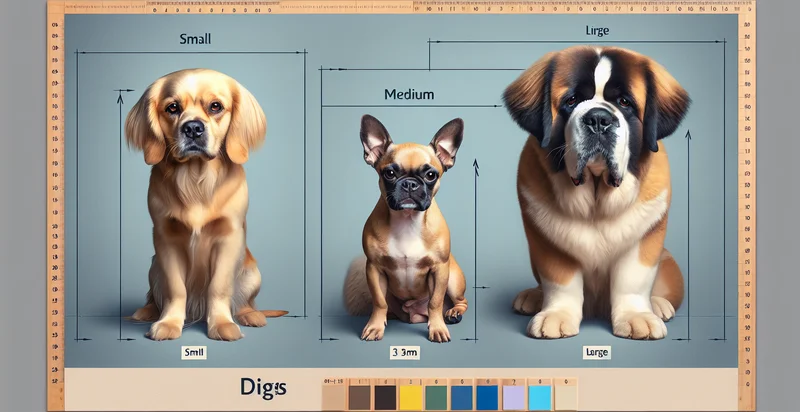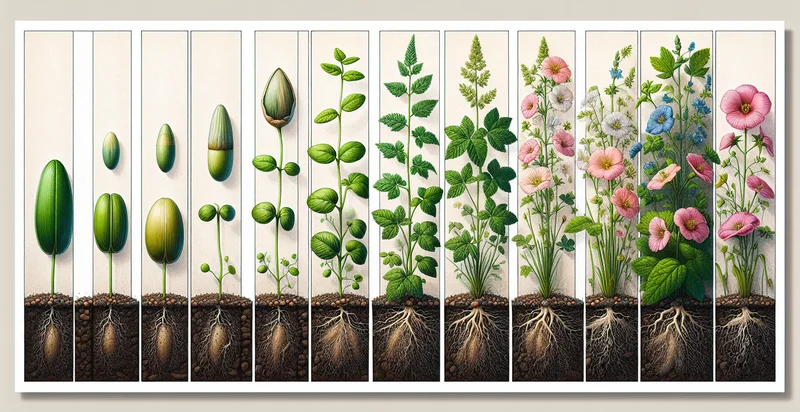Identify plant size category
using AI
Below is a free classifier to identify plant size category. Just upload your image, and our AI will predict what size category the plant belongs to - in just seconds.

Contact us for API access
Or, use Nyckel to build highly-accurate custom classifiers in just minutes. No PhD required.
Get started
import nyckel
credentials = nyckel.Credentials("YOUR_CLIENT_ID", "YOUR_CLIENT_SECRET")
nyckel.invoke("plant-size-category", "your_image_url", credentials)
fetch('https://www.nyckel.com/v1/functions/plant-size-category/invoke', {
method: 'POST',
headers: {
'Authorization': 'Bearer ' + 'YOUR_BEARER_TOKEN',
'Content-Type': 'application/json',
},
body: JSON.stringify(
{"data": "your_image_url"}
)
})
.then(response => response.json())
.then(data => console.log(data));
curl -X POST \
-H "Content-Type: application/json" \
-H "Authorization: Bearer YOUR_BEARER_TOKEN" \
-d '{"data": "your_image_url"}' \
https://www.nyckel.com/v1/functions/plant-size-category/invoke
How this classifier works
To start, upload your image. Our AI tool will then predict what size category the plant belongs to.
This pretrained image model uses a Nyckel-created dataset and has 5 labels, including Large, Medium, Small, Very Large and Very Small.
We'll also show a confidence score (the higher the number, the more confident the AI model is around what size category the plant belongs to).
Whether you're just curious or building plant size category detection into your application, we hope our classifier proves helpful.
Related Classifiers
Need to identify plant size category at scale?
Get API or Zapier access to this classifier for free. It's perfect for:
- Agricultural Yield Prediction: The plant size category identifier can help farmers assess plant health and predict crop yield. By categorizing plant sizes, farmers can make informed decisions on resource allocation and intervention strategies to optimize their harvests.
- Inventory Management for Nurseries: Nurseries can utilize this tool to classify the sizes of plants in their inventory automatically. This classification allows for better stock management, ensuring that customers receive the correct plant size, thus enhancing customer satisfaction and reducing returns.
- Automated Plant Care Recommendations: Gardeners and hobbyists can use the size category identifier to receive tailored care instructions based on the size of their plants. By knowing the category, users can get specific watering, fertilization, and pruning advice suited to the growth stage of their plants.
- Remote Sensing and Monitoring: Environmentalists and researchers can implement this function in remote sensing applications to monitor vegetation health and growth patterns across large areas. By analyzing plant sizes, researchers can identify trends related to climate change, land use, and ecosystem health.
- Smart Gardening Applications: Developers of smart gardening apps can integrate the size category identifier to enhance user experience. Home gardeners can upload images of their plants and receive feedback on growth stages, care requirements, and growth predictions based on classification results.
- Commercial Landscaping Services: Landscaping companies can use this classification to efficiently design and maintain garden layouts based on plant sizes. By categorizing plants, businesses can create aesthetically pleasing designs that thrive in various environments, saving time and resources on maintenance.
- Plant Breeding and Research: Research institutions can utilize the identifier to assess growth patterns in plant breeding studies. By classifying and tracking the size categories of different plant varieties, researchers can identify genetic traits associated with growth potential, leading to advancements in breeding programs.


